Reiki Meditation – How To Do And What Are Its Benefits?
Try this meditation technique to center yourself and improve your well-being.
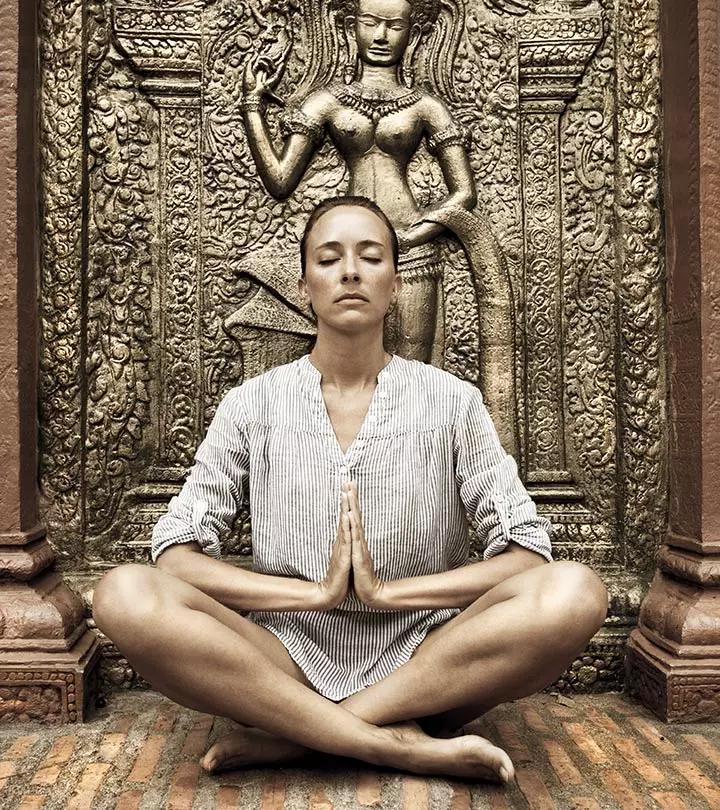
Image: Istock
Silence is pure bliss. This is exactly what Reiki meditation offers. This age-old Japanese practice is a way of restoring energies into your body. It is a unique way of healing your body, both mentally and physically. It is done using a combination of hand gestures to go with meditation. So, how does this meditative technique work? How do you do it? And what are the benefits you can expect? Keep reading to find out the answers!

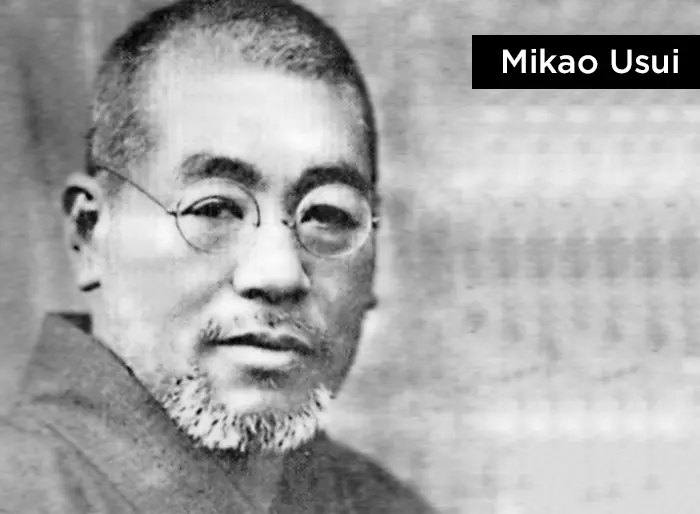
In This Article
What Is Reiki?
In the 1920s, a Japanese Buddhist monk named Mikao Usui devised a system of natural healing called Reiki. Reiki’s approach toward healing is unique. It involves using your hands to transfer restoring life energies into the body, healing it physically and mentally. The word ‘Reiki’ means ‘spiritually guided life force energy.’
This technique urges the practitioner to be aware of and responsible for the Reiki process as the tradition firmly believes that the healing is quicker when the practitioner is completely involved. Anybody can try Reiki irrespective of their age, mind, and body capabilities. One of Reiki’s most important techniques is Reiki meditation. Let’s look at it now.
 Fun Fact
Fun FactKey Takeaways
- Reiki meditation is a spiritual healing process where you experience silence and a quiet mind.
- Begin this process by taking a deep breath and focusing on it and the energy that flows through your body.
- The healing process is complete when you feel energized. End it by slowly opening your eyes and taking deep breaths.
- It reduces stress, gives clarity of thought, and aids good sleep.
What Is Reiki Meditation?
Reiki meditation is a process through which you can experience silence and a quiet mind.
The Reiki meditative energy is healing and loving. It involves symbols and mantras to facilitate your meditation experience. This wellness technique ranks high among traditional healing systems. Check below to find out the manner of its practice.
The Reiki Meditation Technique
1. Cleansing The System
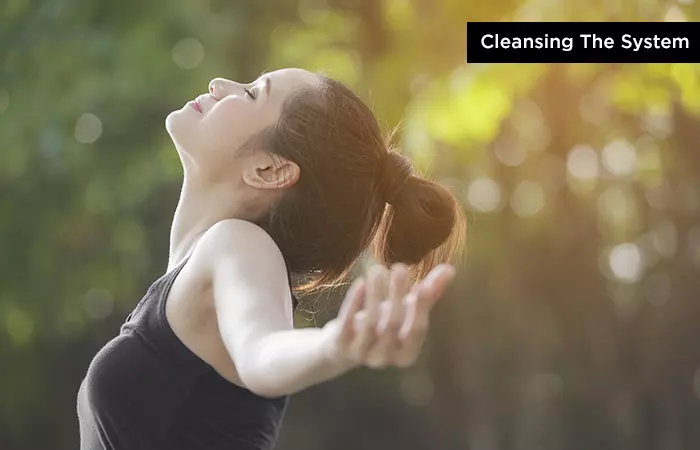
Sit down or lie down comfortably on a mat with your back straight. Try to be calm, composed, and relaxed. Take a deep breath. Imagine yourself inhaling all the happiness and goodness that you need, and exhaling out deeply with the thought that negative emotions, such as depression, fear, and anxiety, are being flushed out of your system. Breathe a couple of times in this manner, and observe how your mind and body tune into it and relax.
Hailey Rice, a blogger, shared her experience of practicing Reiki meditation on her blog: “We practiced deep breathing techniques to clear the mind and lower the heart rate. The specific method we used was the inhale for 4, hold for 6, exhale for 8. This 4–6–8 technique lowers stress in the body and mind (i).”
2. Chakra Forces
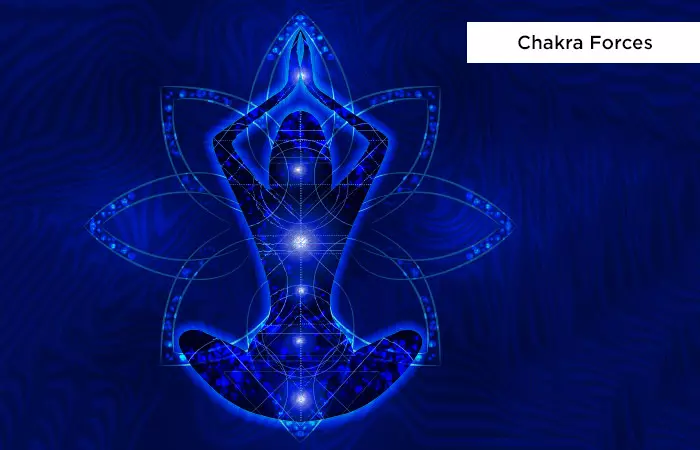
There are seven chakras in your body, from the base of your spine to the top of your head, which are energy centers of the body. Place your hand in front of your body at each chakra area and hold at each position for a few minutes, depending on your body’s need. If you feel your body is asking for the hand to stay for a longer time, let it stay. Remove it if your body has had enough. Feeling through the hands is the best way to connect and listen to your body. As you tune into your body through your hands, imagine the life force of the universe entering your body through your hands, with the chakras as the medium of passage. Feel your body reverberate with this energy flow, and go into a state of deep relaxation and rejuvenation.
3. Healing Through Hands
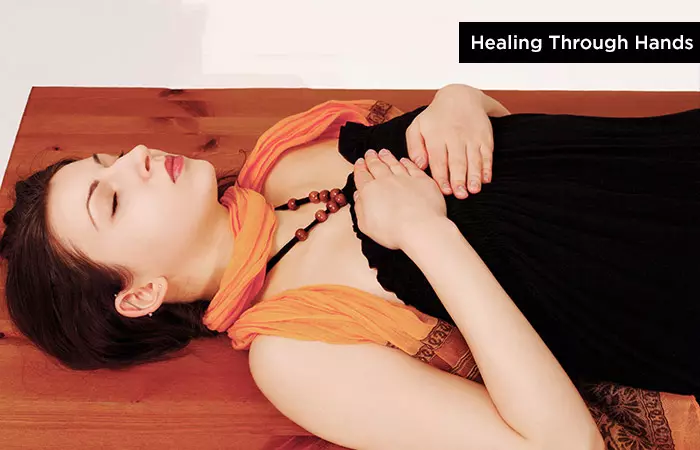
First, place your palms together on top of your head. Hold your hands there and try to listen to your body with care and attention. While doing so, breathe deeply and slowly, removing the negatives and imbibing the positives into your system. Relax. Place your hands on the forehead and then at the back of your head. Next, go down to the throat and put one hand gently on it and the other on the back of your neck. Hold it for some time and relax.
Now, go down and place your hands on the back of your shoulders, with the fingers facing down, on your chest covering your heart, on the lower chest near the ribs, on your stomach, and then the lower abdomen. Make sure that at each position, you are gentle with your touch. Hold the hand till your body asks for it, relax and move to the next part.
After getting done with the head and torso, go down to your hips and place your hands on both your hips, the knees, and the feet. For the feet, put your hands either on top of them or the bottom depending on your convenience. At each juncture, feel the energy flow through your body. Enjoy the experience.
Roseline, a blogger, shared her experience of trying Reiki meditation for the first time. Her Reiki healer had begun the healing process with her hands. “Then, she asked me to close my eyes, as she put her hands on me and the energy began to flow [through] my mind [and] lowered into a deeper meditative state. Step by step, I felt more and more relaxed until falling asleep (ii),” she recounts.
4. Final Thought
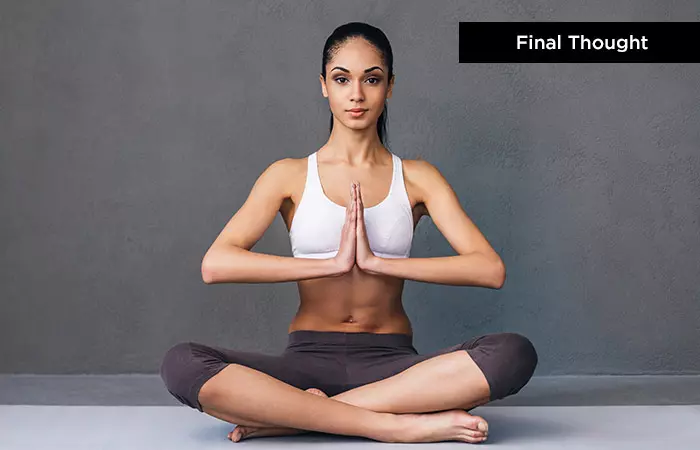
Get your hands back in the prayer position and place them in front of your chest. Sit with your spine straight and your body slightly taut. Breathe normally and feel the energy running through your body. Do this for about 3-5 minutes or till you feel the need to do it. The healing process is complete when you feel ignited and energized.
 Trivia
TriviaBenefits Of Reiki Meditation
- Reiki meditation will provide peace to relax your mind and reduce stress
- It will give clarity of thought, improve focus, and boost spirituality
- The meditation increases your perception and visualization
- It raises your consciousness and betters your ability to solve problems
- This technique is widely known to cure many maladies
- It is ideal for post-surgery healing
- It aids good sleep
- Reiki meditation works well with other healing/medical processes
- This technique removes energy blocks in your body, enabling free energy flow, which gives you a healthy body
- It is a self-care, development, and transformation tool
Some of the benefits of Reiki meditation are also supported by science. For instance, a study published in the Frontiers in Psychology Journal suggests that Reiki may be helpful for clinical mental health issues like depression, stress, and anxiety (1). Another study published in the BMC Palliative Care Journal shows that short-term Reiki treatments were effective in reducing anxiety in people with chronic health conditions like inflammation, fibromyalgia, and depression (2).
After her session, Hailey felt extremely light and pure: “I had never in my life felt more free and clean than I did in that moment. I felt like there was no negative presence in my body.”
Roseline remembered waking up from a deep meditative state and realized: “Without giving personal details, this session helped me to understand that my physical weaknesses were linked to my mental issues, in some way.”
While we looked at the benefits of Reiki meditation, you also need to consider its downsides before starting to practice it. Scroll down for more information.
Disadvantages Of Reiki Meditation
- Anecdotal evidence suggests that people feel relaxed after a session of Reiki meditation. However, some practitioners also feel quite tired after it and may experience weakness or headache.
- Some people may feel uncomfortable during a session, which may also lead to anxiety.
- Practicing this procedure may cause oxygen desaturation in some (3). However, more research is required in this regard.
- Unlike conventional medical treatments, it has no standardized training programs for Reiki practitioners.
- Scientific evidence supporting the effectiveness of this technique and its outcomes is very limited.
Saarthak, a blogger, practiced Reiki meditation for 5 years but came to regret it. He writes on his blog, “As for me, those 5 years were a time I would like to forget. I was so down and out, my guilts…my sorrow, my foolishness all the time. There was no hope… just kept doing Reiki in hope that one day I will come out of this emotional mire (iii).”
Now, let’s look at some frequently asked questions about Reiki meditation.
Infographic: The Top Benefits Of Reiki Meditation And How To Do It
Stress has become an inevitable part of our lives, and many choose meditation to combat it. Reiki meditation is one of the techniques that is recently gaining immense popularity as it suits every age group and is easy to follow. It combines energy healing techniques with meditation and can offer an array of health benefits if included in your daily routine. Check out the infographic below to know how to do it and the various benefits it offers!
Some thing wrong with infographic shortcode. please verify shortcode syntaxReiki meditation, an age-old Japanese technique, is a great way of healing the body mentally and physically by channeling the restoring energies into the body through hand gestures. It helps calm the mind and reduce anxiety, depression, and fear, besides increasing visualization and perception. It also improves sleep quality, treats many disorders, and enables a free flow of energy by eliminating the blocks. You can try this technique if you are recovering from surgery or if you want to transform yourself. Moreover, you can also search for other spiritual meditation options to strengthen your journey to inner peace and your perception of who you are. So, try it out and witness the results for yourself.
Frequently Asked Questions
How long does it take to learn Reiki?
A minimum of 6-7 hours is required for the master to attune the student to the Reiki meditation process.
Is Reiki a religion?
No, Reiki is not a religion. People from any religion or those who don’t believe in religion can practice Reiki. In fact, Reiki practitioners are from all over the world and come from different sects and practices.
How does one pronounce ‘Reiki’?
Reiki is a Japanese word consisting of two words and is pronounced as ‘Ray Key’.
What is the difference between Reiki and meditation?
Reiki is an alternative therapy where the therapist uses hands-on healing techniques to pass positive energy to the other. However, meditation is when the individual uses breathwork and mindfulness to develop awareness and calm their mind.
Does Reiki work for trauma?
Yes. Reiki can help treat the symptoms of mental trauma. It may be an effective solution against pain and anxiety (4).
Is Reiki the same as yoga?
No, both are different. Yoga improves energetic balance through physical, mental, and spiritual practices, while it is mainly relaxation and energy transfer in Reiki.
Reiki meditation restores and aligns the energy elements in your body, making you stable, composed, and healthy. It breaks down all the unreleased stress in your body and makes your life happier and easier. Get going and try the meditation to know for yourself.
Some thing wrong with illustration image shortcode. please verify shortcode syntaxRelax and unwind with this guided Reiki session. Check out this video to learn how to reduce pain and stress and find inner peace.
Personal Experience: Source
StyleCraze's articles are interwoven with authentic personal narratives that provide depth and resonance to our content. Below are the sources of the personal accounts referenced in this article.
i. Reiki Healing: How It Changed My Life And My Perspectivehttps://medium.com/@hailey.n.marie/reiki-healing-how-it-changed-my-life-and-my-perspective-810edcbca489
ii. My first Siam Reiki experience
https://roselineslifestyle.wordpress.com/2017/06/02/my-first-siam-reiki-experience/
iii. My Experience With Reiki
https://sahajapower.wordpress.com/2010/10/26/my-experience-with-reiki/
References
Articles on StyleCraze are backed by verified information from peer-reviewed and academic research papers, reputed organizations, research institutions, and medical associations to ensure accuracy and relevance. Read our editorial policy to learn more.
- Does Reiki Benefit Mental Health Symptoms Above Placebo?
https://pubmed.ncbi.nlm.nih.gov/35911042/ - Therapeutic effects of Reiki on interventions for anxiety: a meta-analysis
https://pmc.ncbi.nlm.nih.gov/articles/PMC11170819/ - Reiki therapy for postoperative oral pain in pediatric patients: Pilot data from a double-blind, randomized clinical trial
https://www.ncbi.nlm.nih.gov/pmc/articles/PMC3914304/ - Effect of Reiki Therapy on Pain and Anxiety in Adults: An In-Depth Literature Review of Randomized Trials with Effect Size Calculations
https://www.ncbi.nlm.nih.gov/pmc/articles/PMC4147026/
Read full bio of Sri Yogi Anand
Read full bio of Shirin Mehdi
Read full bio of Arshiya Syeda
Read full bio of Moksha Gandhi







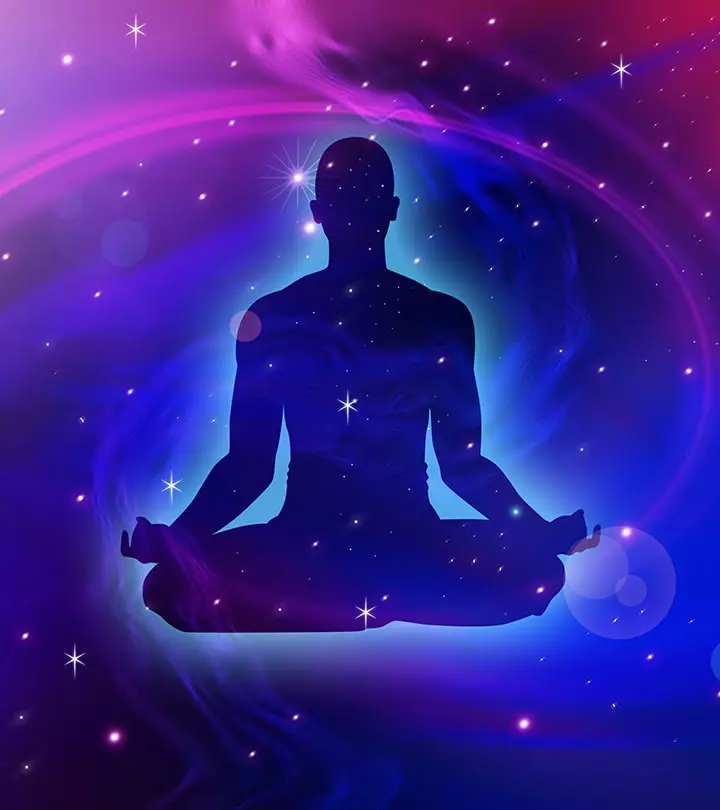
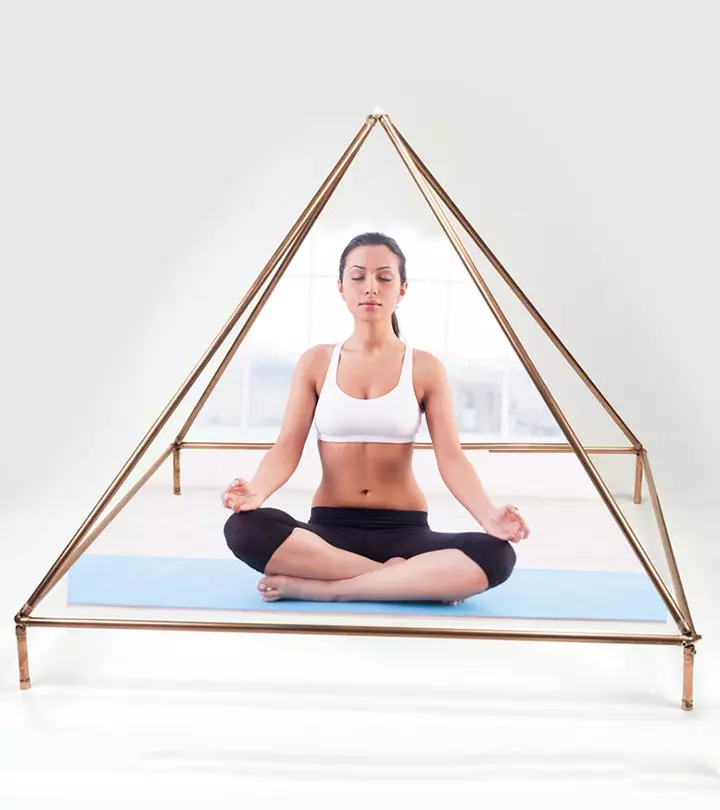

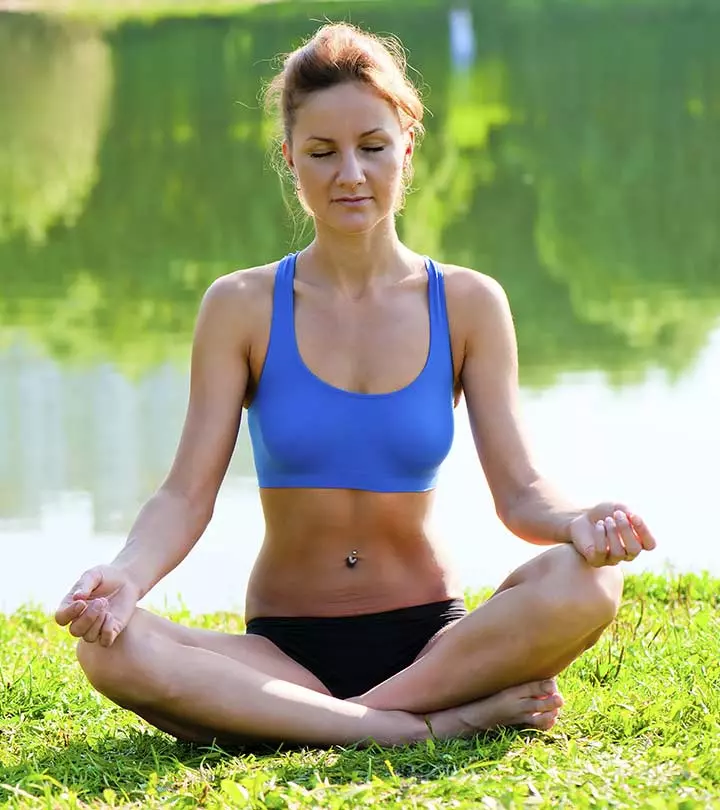

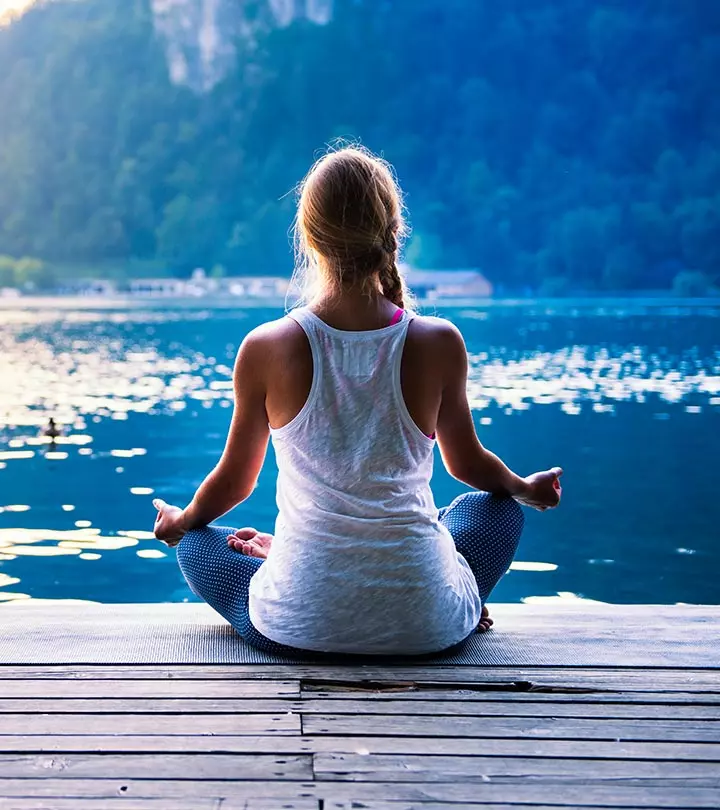
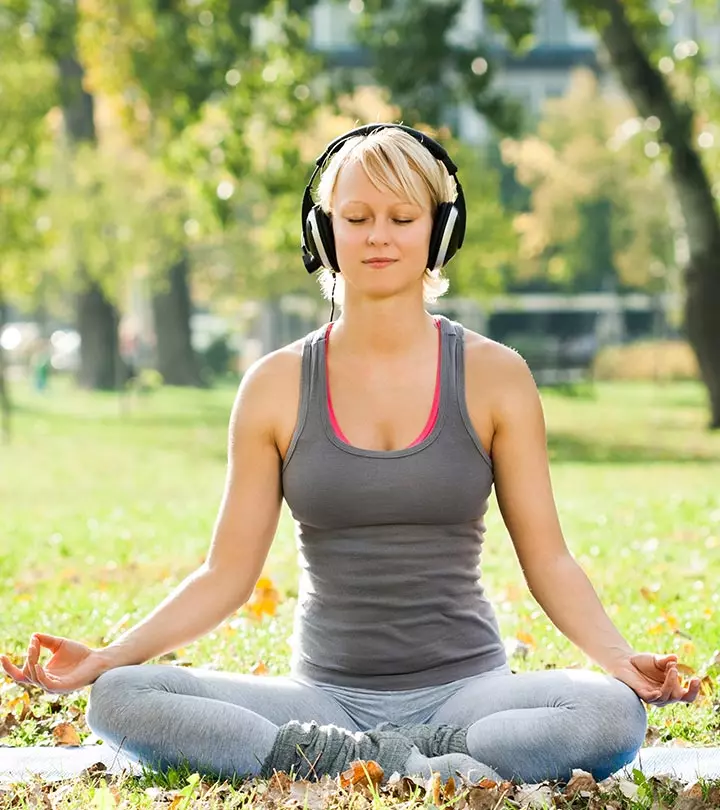
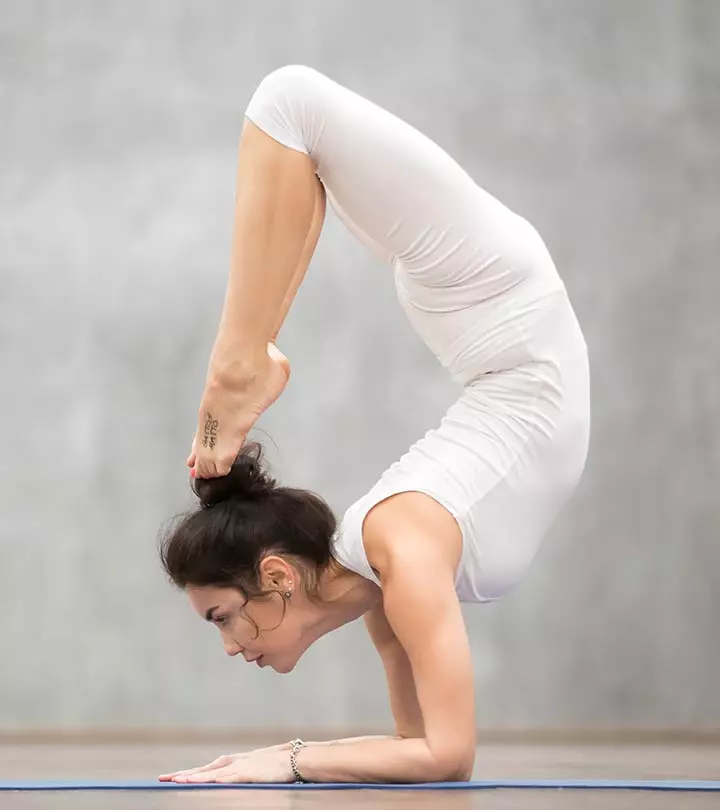
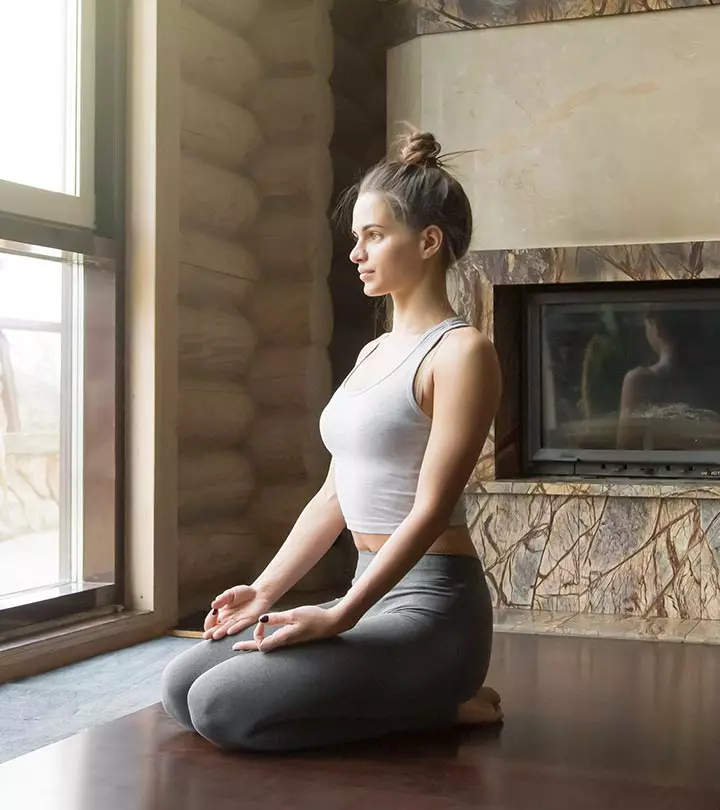
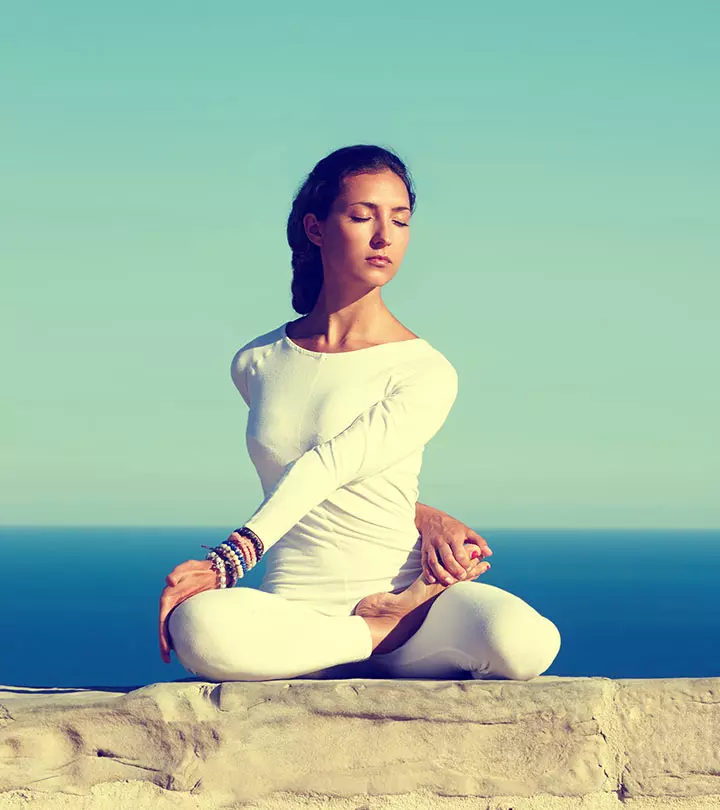

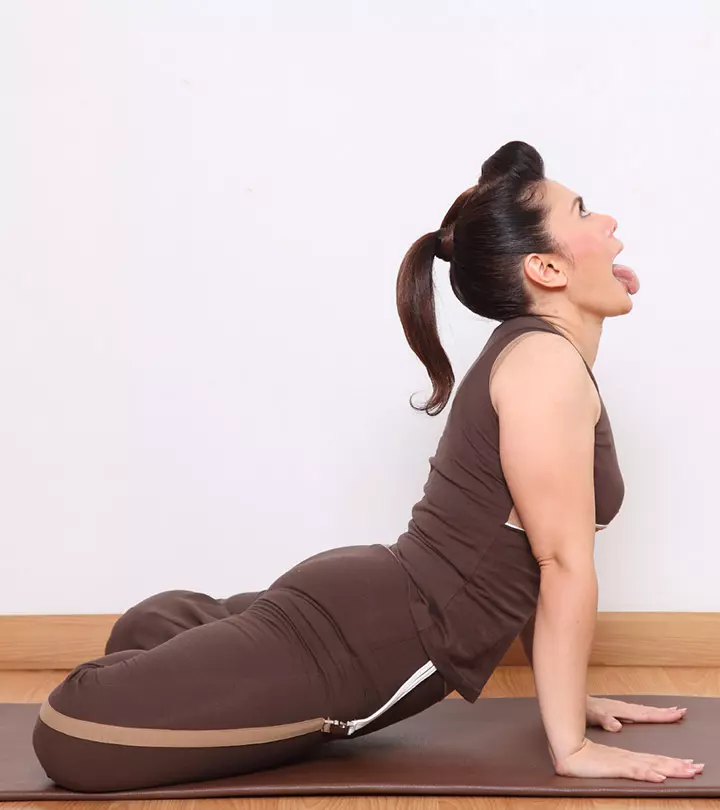

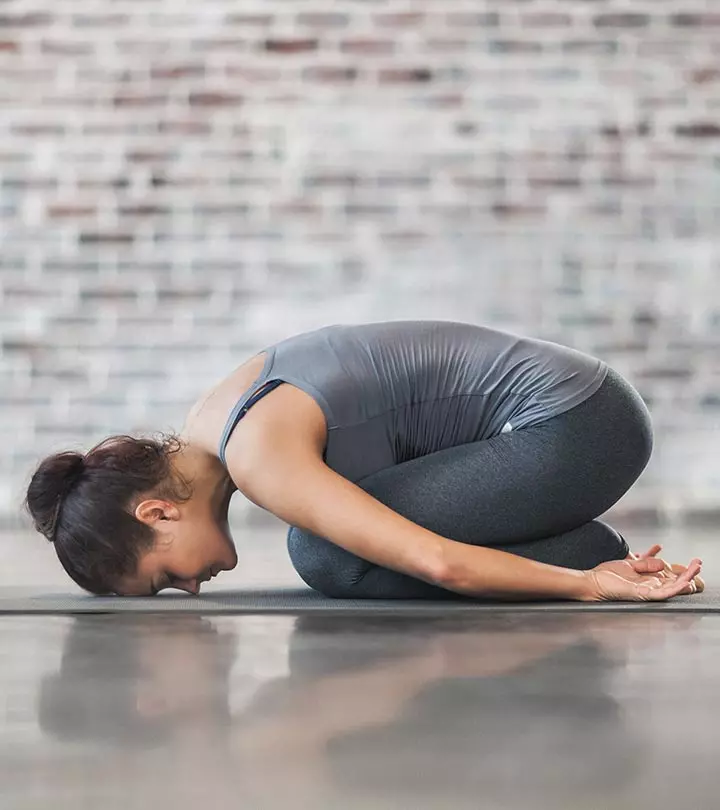
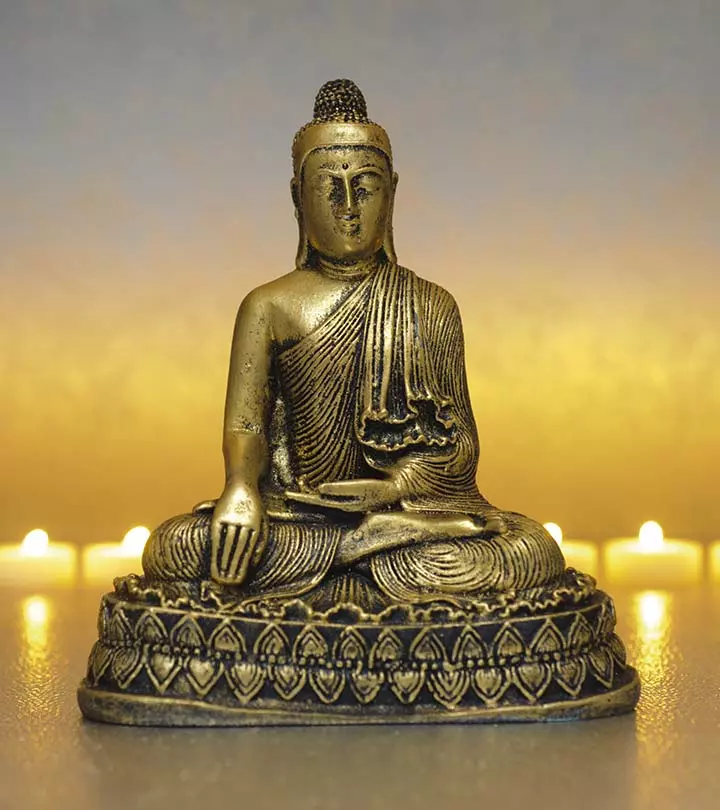
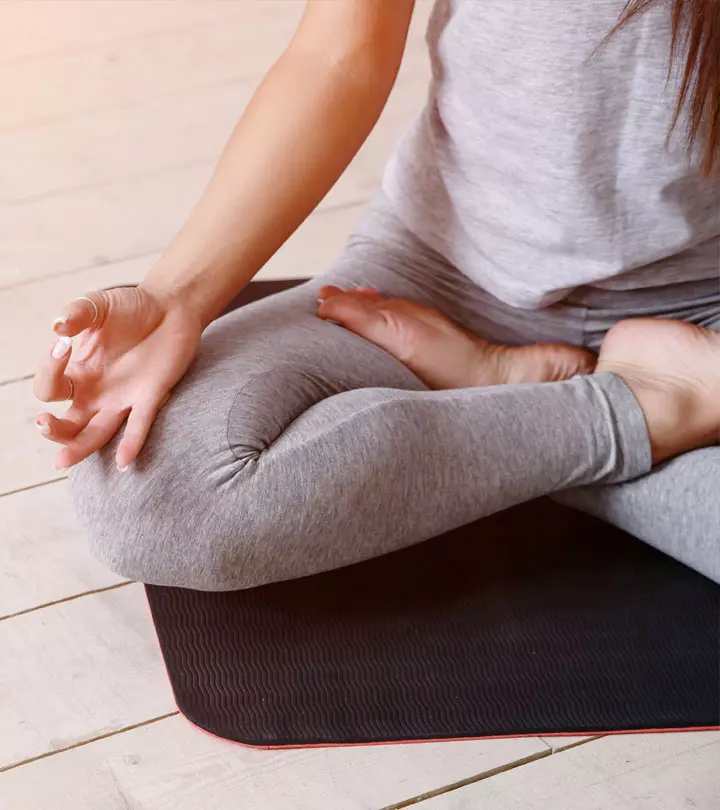

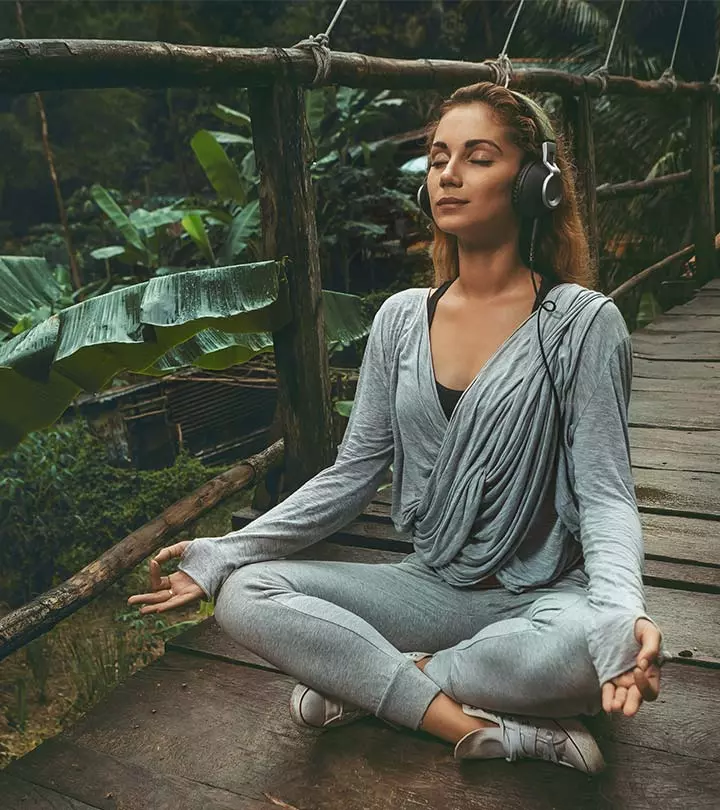
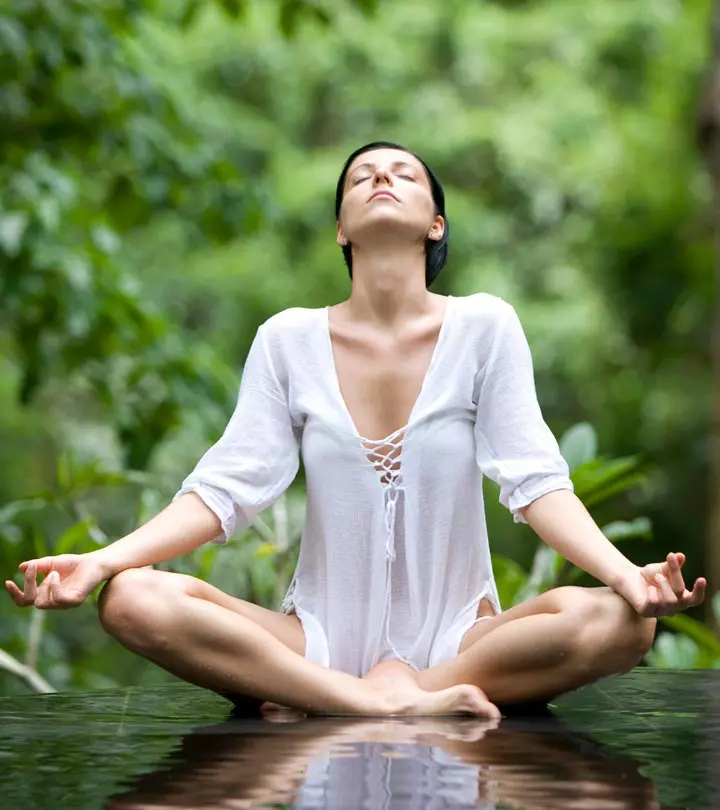


Community Experiences
Join the conversation and become a part of our empowering community! Share your stories, experiences, and insights to connect with other beauty, lifestyle, and health enthusiasts.